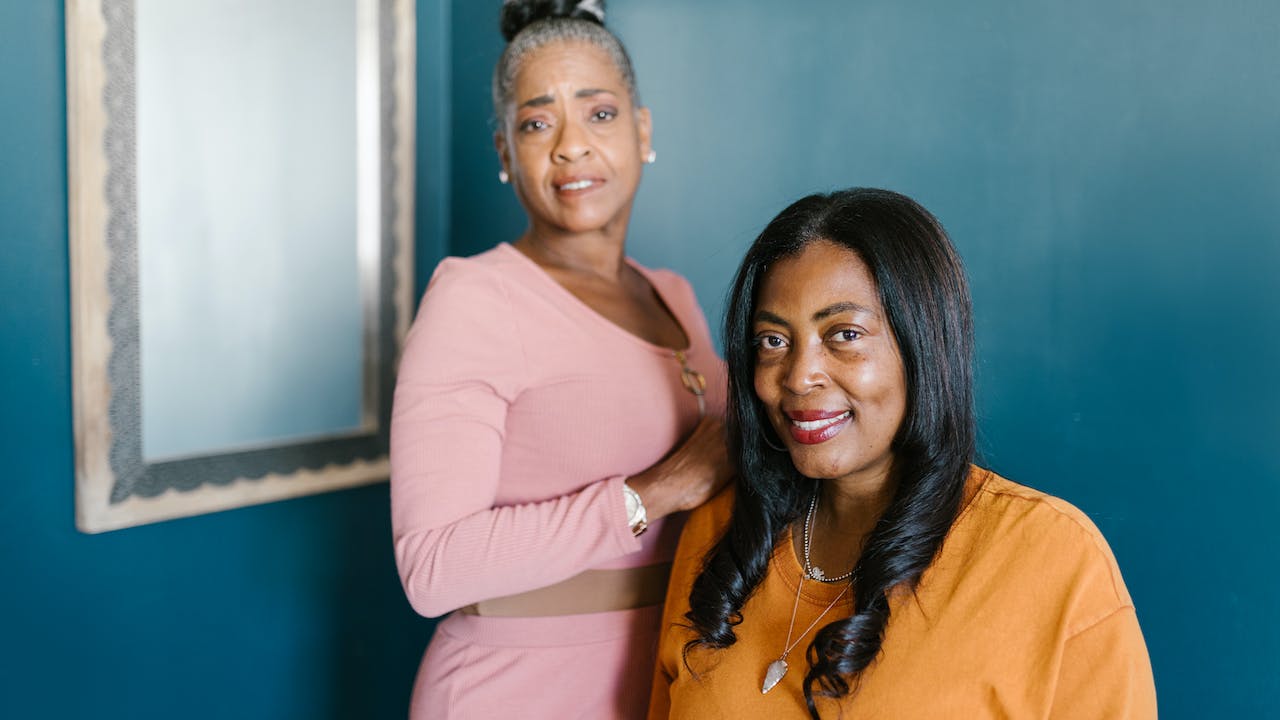This comprehensive guide will explore the 10 best sexual and reproductive health rights that serve as pillars for healthy societies, with a focus on the importance of each right and how they contribute to a more equitable and just world.
1. The Right to Comprehensive Sexual Education
Access to comprehensive sexual education is a cornerstone of sexual and reproductive health rights. Education empowers individuals with the knowledge they need to make informed decisions about their sexual health, understand their bodies, and navigate relationships with respect and consent. Quality sexual education covers a range of topics, including anatomy, contraception, sexually transmitted infections (STIs), and consent. It also promotes values of respect, non-discrimination, and equality, which are foundational to a healthy society.
2. The Right to Access Contraception
The ability to access and choose from a range of contraceptive options is vital to sexual and reproductive health. Contraception allows individuals to decide if and when they want to have children, which has profound impacts on their health, education, and economic opportunities. This right also encompasses the provision of accurate information about the various methods available, their use, and their side effects, without facing barriers such as cost, stigma, or misinformation.
3. The Right to Maternal Health Care
Every individual has the right to a safe and healthy pregnancy and childbirth. Maternal health care should be accessible, acceptable, and of high quality for all pregnant individuals. This includes prenatal care, skilled care during childbirth, postnatal care, and the provision of services like emergency obstetric care when complications arise.
4. The Right to Safe Abortion Services
Access to safe and legal abortion services is a fundamental aspect of reproductive health rights. It ensures that individuals can make decisions about their pregnancies in a way that is safe and respects their autonomy. Where this right is protected, it contributes to lower rates of maternal mortality and morbidity.
5. The Right to Be Free from Sexual Violence
Protection from sexual violence is a basic human right. All individuals have the right to be free from rape, sexual assault, and all forms of sexual coercion. This right is pivotal in creating a society where everyone can live without fear of violence and where survivors have access to justice and support services.
6. The Right to Healthcare Services for Sexually Transmitted Infections
The right to access high-quality health services for the prevention, diagnosis, and treatment of STIs is crucial. This right ensures that individuals can seek care without shame or stigma, which is essential for managing STIs and preventing their spread.
7. The Right to Reproductive Health Care for Marginalized Communities
This right recognizes that marginalized groups, including LGBTQ+ individuals, those with disabilities, ethnic minorities, and economically disadvantaged people, often face additional barriers in accessing sexual and reproductive health services. Ensuring the rights of these communities is key to achieving health equity.
8. The Right to Bodily Autonomy
Bodily autonomy is the right to make decisions over one’s own body without external control or coercion. This includes the right to engage in sexual activity of one’s choosing, pursue gender affirmation procedures, and make decisions about reproduction free from interference.
9. The Right to Privacy
Privacy in sexual and reproductive health matters is critical. Individuals must be able to seek and receive health services and counsel without the fear of exposure or public shaming. This right also includes confidentiality between healthcare providers and patients.
10. The Right to Reproductive Health Care for Youth
Young people also have the right to appropriate and accessible sexual and reproductive health care. This encompasses not only healthcare services but also age-appropriate education and resources that respect their evolving capacities and autonomy.





